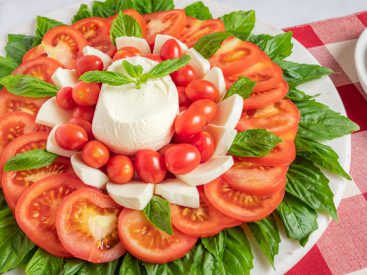Koginut squash: a veggie with a unique name, an interesting history, and a growing following. It’s a hybrid that’s only a few years old, but it combines the best things about kabocha squash and butternut squash into one single food. Like other winter squashes, it’s loaded with nutrients — […]
Delicious!
Delicious!



